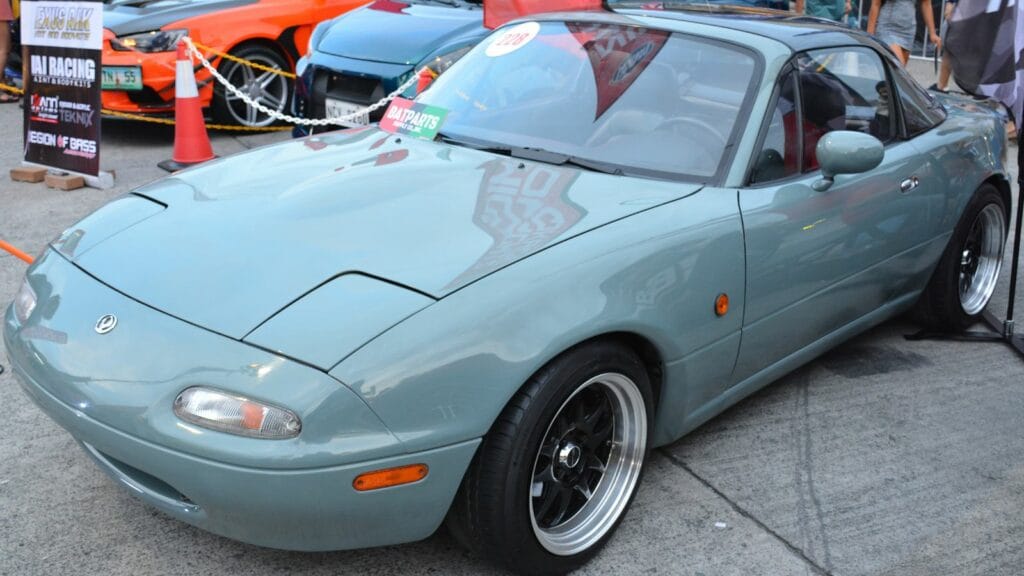For many Canadians, trading in an old car for a new one feels like the natural thing to do. The lure of updated styling, shiny technology, and promises of better efficiency makes it tempting. Yet, plenty of drivers discover after the fact that the new model doesn’t quite measure up to the car they let go. Older vehicles often offered toughness, simplicity, and a character that modern cars sometimes fail to capture. In Canada, where winter salt eats away at bodywork, temperatures plummet below minus 30, and long stretches of highway test reliability, certain models have earned reputations as nearly irreplaceable. Here are twelve cars that Canadians often regret trading in, and the specific model years that have become legendary in hindsight.
Honda Civic (1992–2005 models)
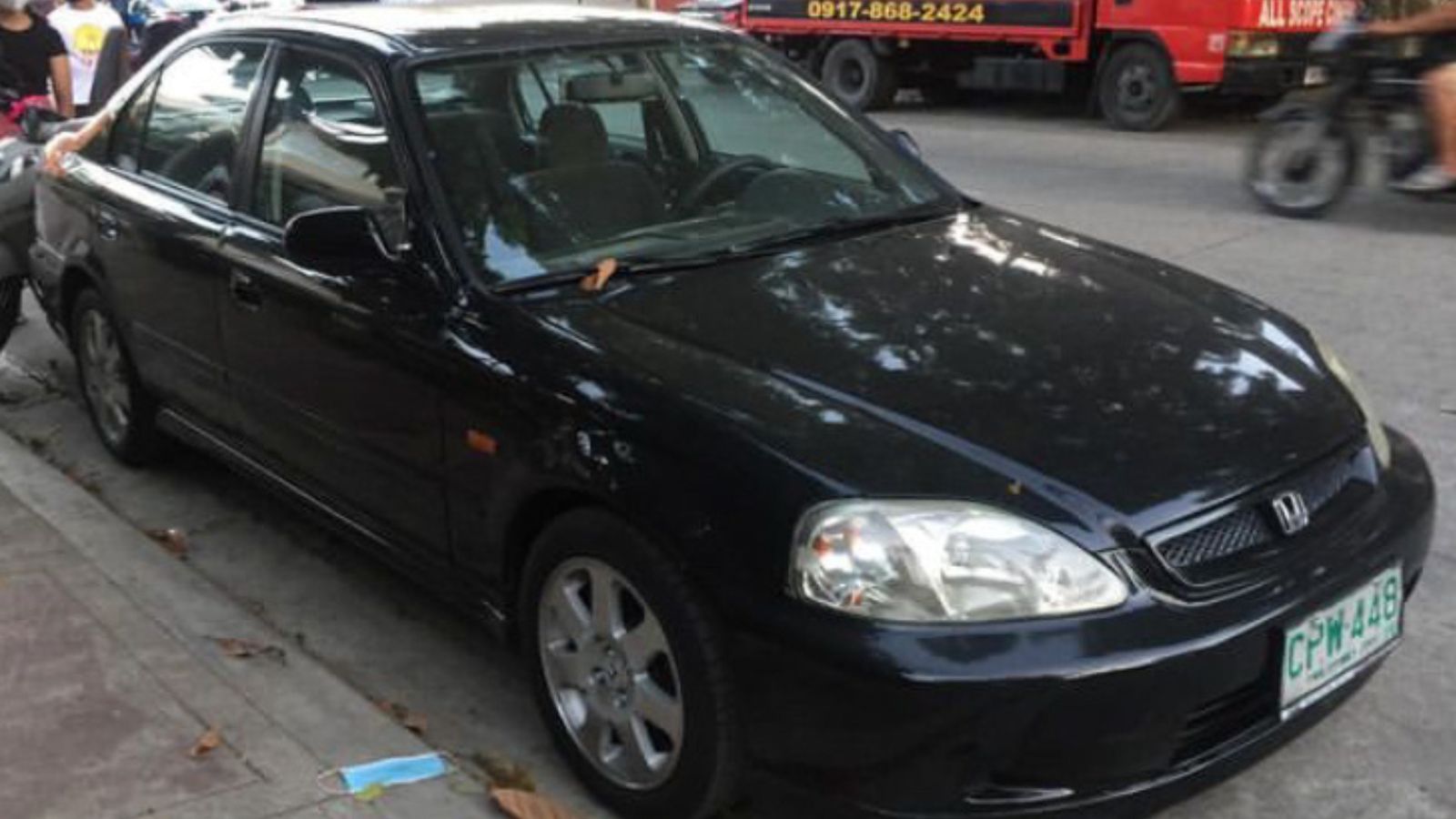
The Honda Civic of the 1990s and early 2000s is remembered as one of the most dependable and practical cars ever sold in Canada. These models were compact, efficient, and so durable they became a household name. Many who swapped their late 90s Civics for newer models found that the newer ones were heavier, more complex, and not nearly as easy to maintain. The old Civics could rack up over 400,000 kilometers with little more than regular oil changes, and their simple design meant any mechanic in small-town Canada could work on them. Many owners miss the days when their car would fire up without complaint on a frigid morning and keep driving no matter how harsh the conditions.
Subaru Impreza WRX and WRX STI (2002–2007 models)
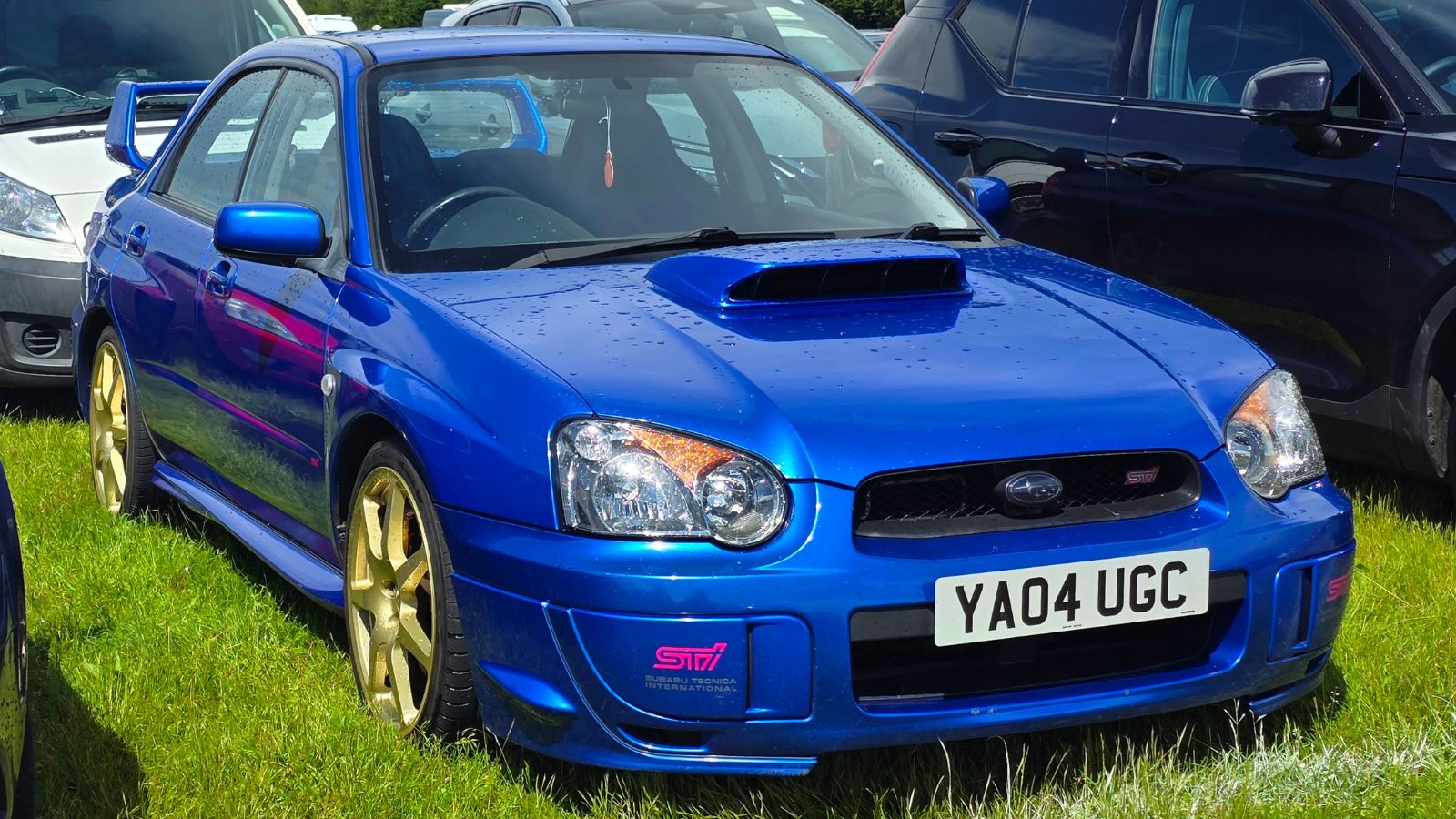
These early 2000s WRXs, nicknamed by enthusiasts as the bugeye, blobeye, and hawkeye, built Subaru’s reputation in Canada. With turbocharged power, rally-inspired handling, and all-wheel drive, they became the perfect Canadian sports car. Many who upgraded to later WRX models in the 2010s found them heavier and more refined, but lacking the raw edge and character of the early cars. The feeling of a turbo spooling up on a snowy backroad is something many owners still talk about wistfully. Replacing one with a newer, more polished version left some feeling like they had traded excitement for comfort.
Toyota Corolla (1998–2008 models)
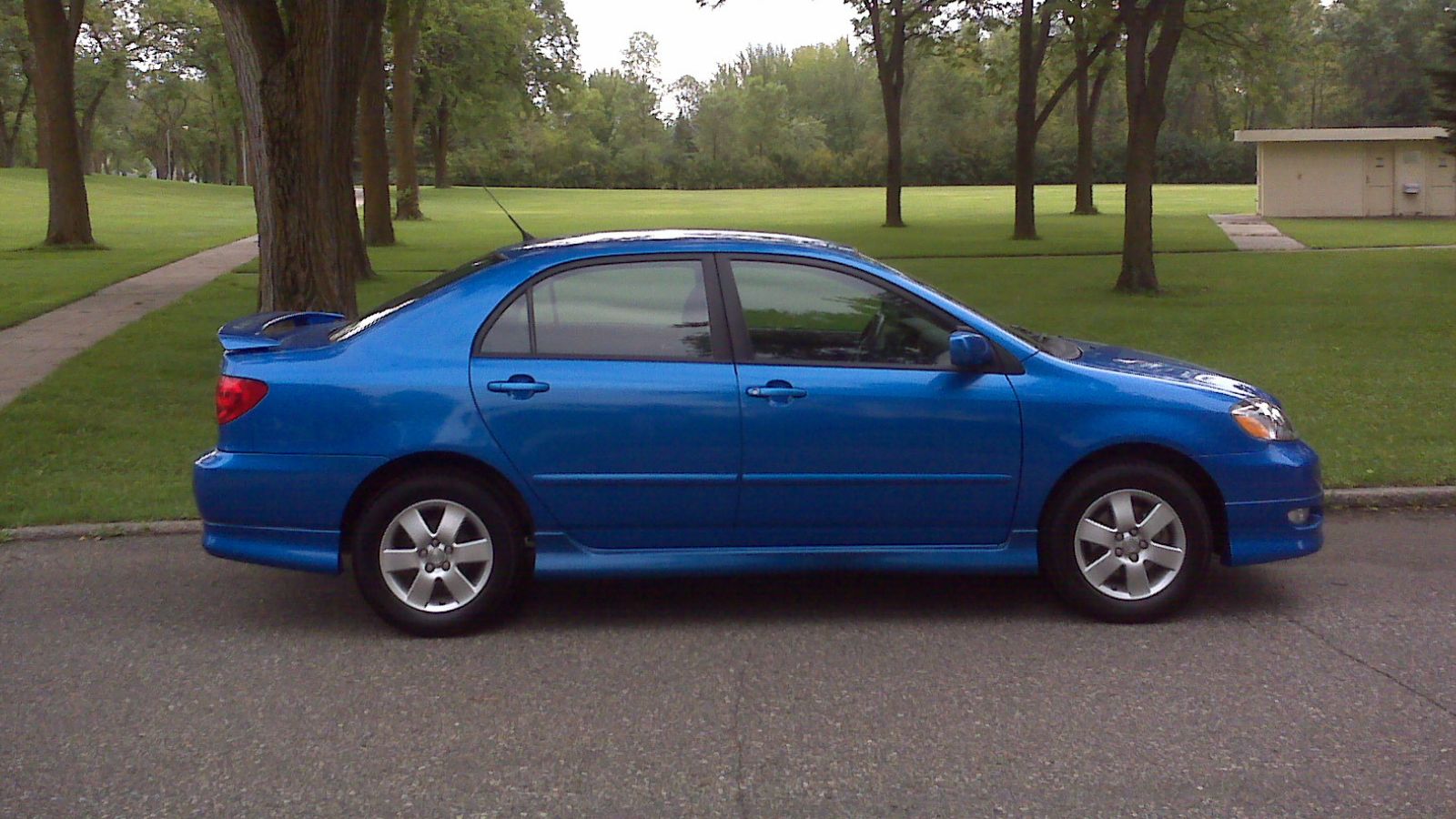
The Toyota Corolla from the turn of the millennium was as close to indestructible as a car could get. Simple engines, bulletproof transmissions, and straightforward interiors made these cars perfect for Canada’s punishing climate. Many owners who let go of their late 90s or early 2000s Corolla for a more modern one quickly realized that added technology also meant added problems. Newer Corollas are still reliable, but the older ones had a special kind of toughness. They tolerated neglect, cheap gas, and endless commutes without ever asking for much. That low-maintenance character is exactly what many regret losing.
Ford F-150 (1997–2008 models)
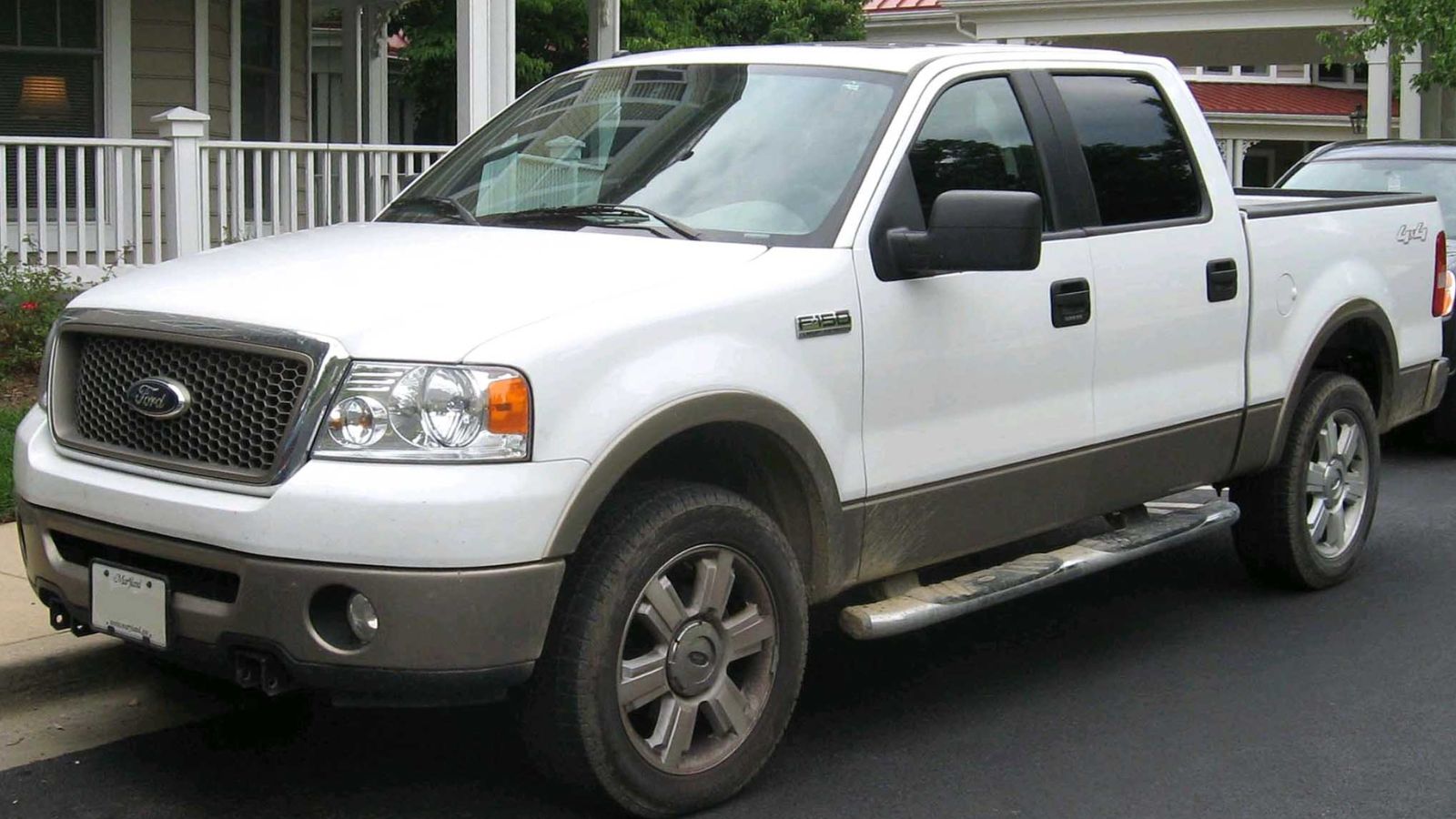
The tenth and eleventh generation Ford F-150s were some of the toughest trucks Ford ever made. Farmers, tradespeople, and families relied on them to haul, tow, and work through snow, mud, and gravel. When owners traded them in for newer, aluminum-bodied versions after 2015, many found themselves frustrated with higher repair costs and more fragile electronics. The old F-150s were mechanical workhorses that could be fixed with basic tools and kept running for decades. Their simplicity, combined with the ability to handle abuse, makes them some of the most missed trucks in Canada.
Jeep Wrangler (1997–2006 TJ and 2007–2017 JK)
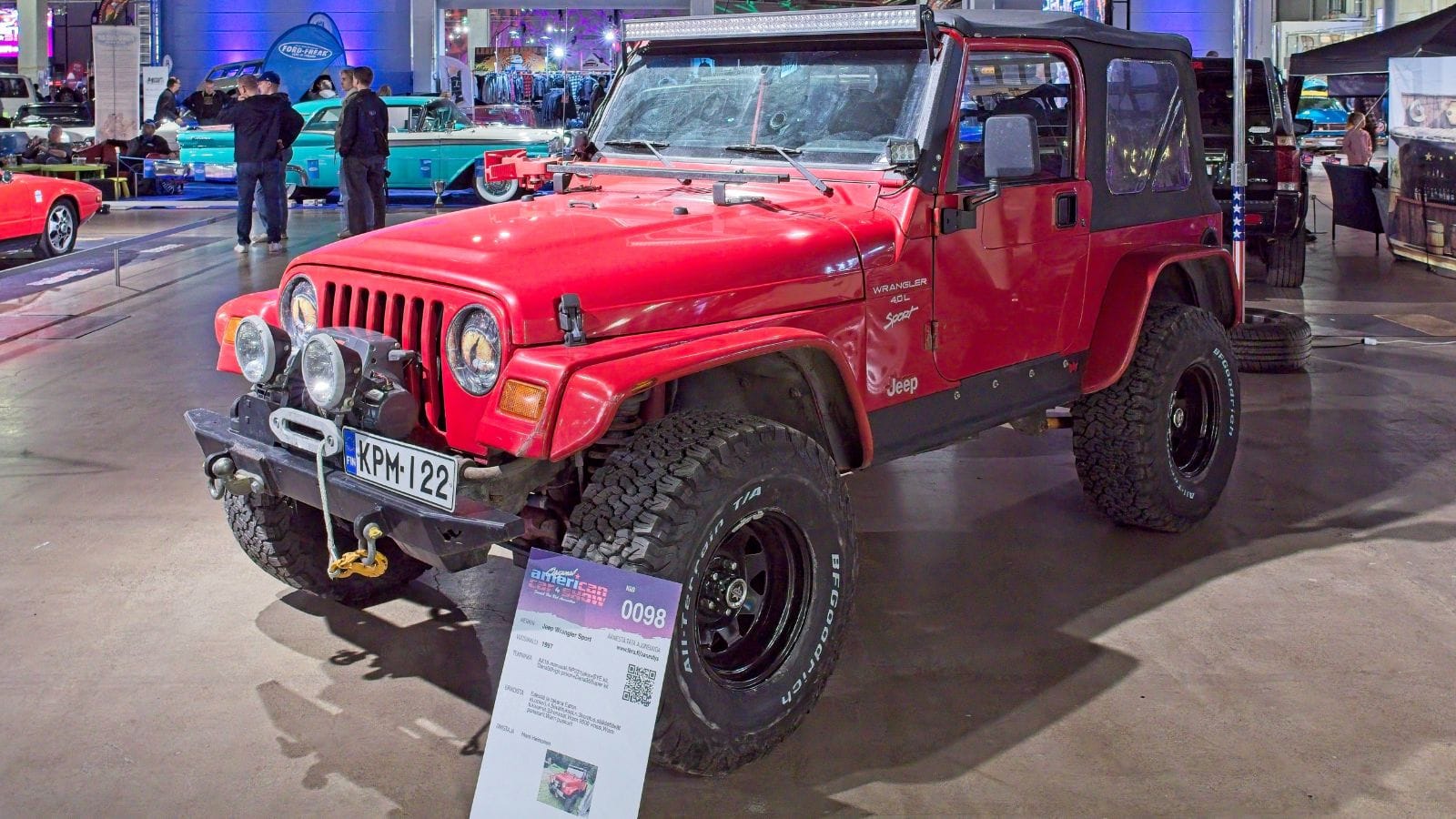
For many, Jeep Wranglers are more than just cars — they’re lifestyles. Canadians who owned TJ or early JK Wranglers loved their mechanical simplicity, rugged frames, and unbeatable winter performance. Trading in for the newer JL generation often meant getting more creature comforts, but many found the raw character was missing. Older Wranglers were easier to modify, fix, and personalize. The newer ones, though capable, sometimes feel more like SUVs with off-road packages than bare-bones adventure machines. That loss of authenticity is what makes many regret giving up their old Jeep.
Mazda MX-5 Miata (1990–2005 NA and NB models)
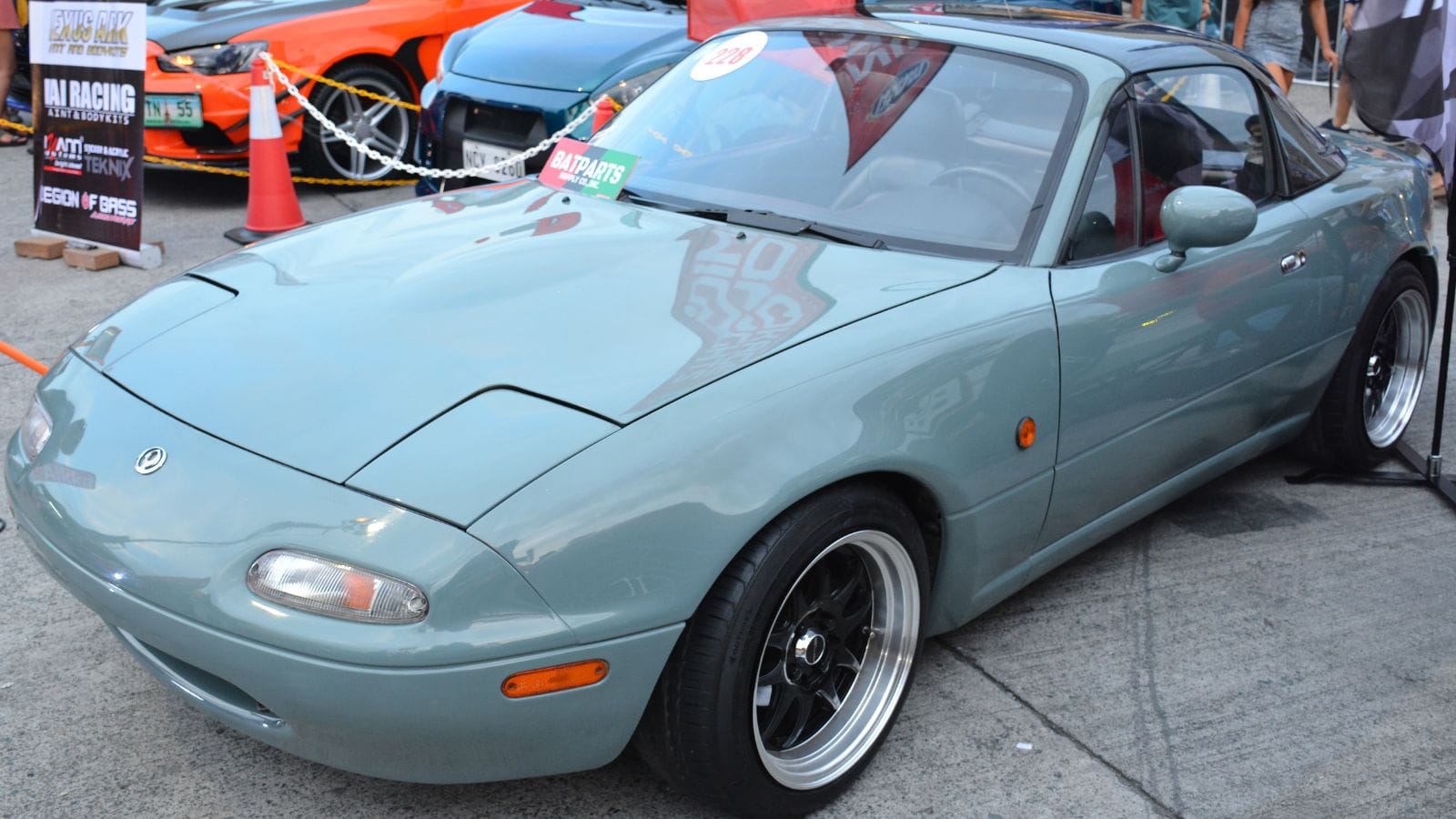
The first and second-generation Miatas were the epitome of simple driving pleasure. Lightweight, perfectly balanced, and endlessly fun, they became cult favorites in Canada. Many who let their Miata go for something bigger or more practical soon realized they missed the sheer joy of driving. Even newer Miatas, while excellent, have added weight and more modern safety features that slightly dull the raw experience of the early cars. Owners often look back at warm summer evenings with the top down and regret ever letting those moments slip away.
Honda CR-V and Element (1997–2006 CR-V, 2003–2011 Element)
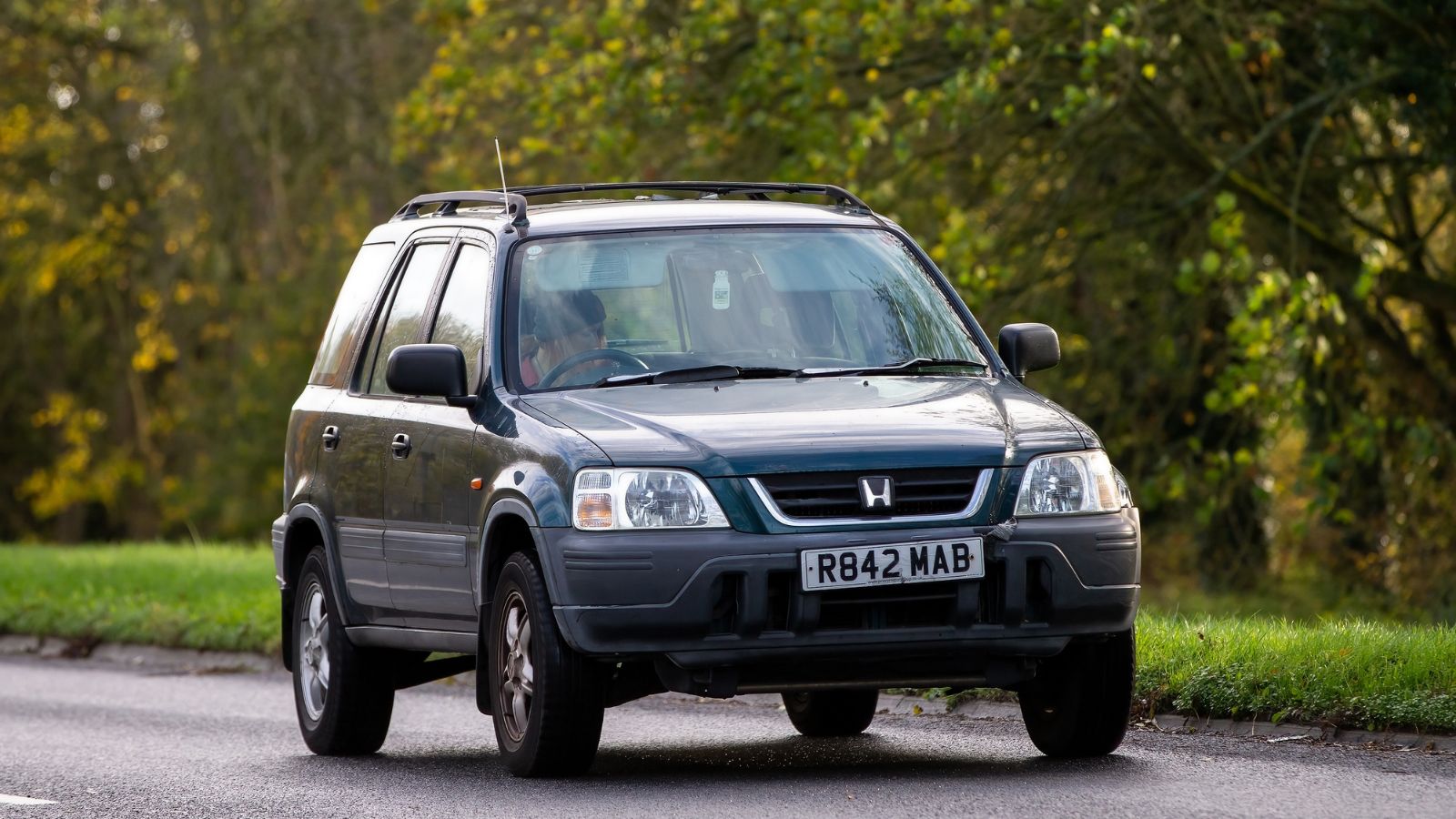
The first and second-generation CR-V and the quirky Honda Element carved out a niche in Canada. These cars were practical, reliable, and surprisingly rugged. The CR-V was compact yet roomy, while the Element’s boxy design and wipe-clean interior made it perfect for families, pets, and camping trips. Many Canadians who traded them in for newer crossovers quickly found that the replacements lacked the same durability and character. The Element in particular has developed a cult following, with owners regretting selling a vehicle that was far more versatile than they realized at the time.
Toyota 4Runner (1996–2009 third and fourth generations)
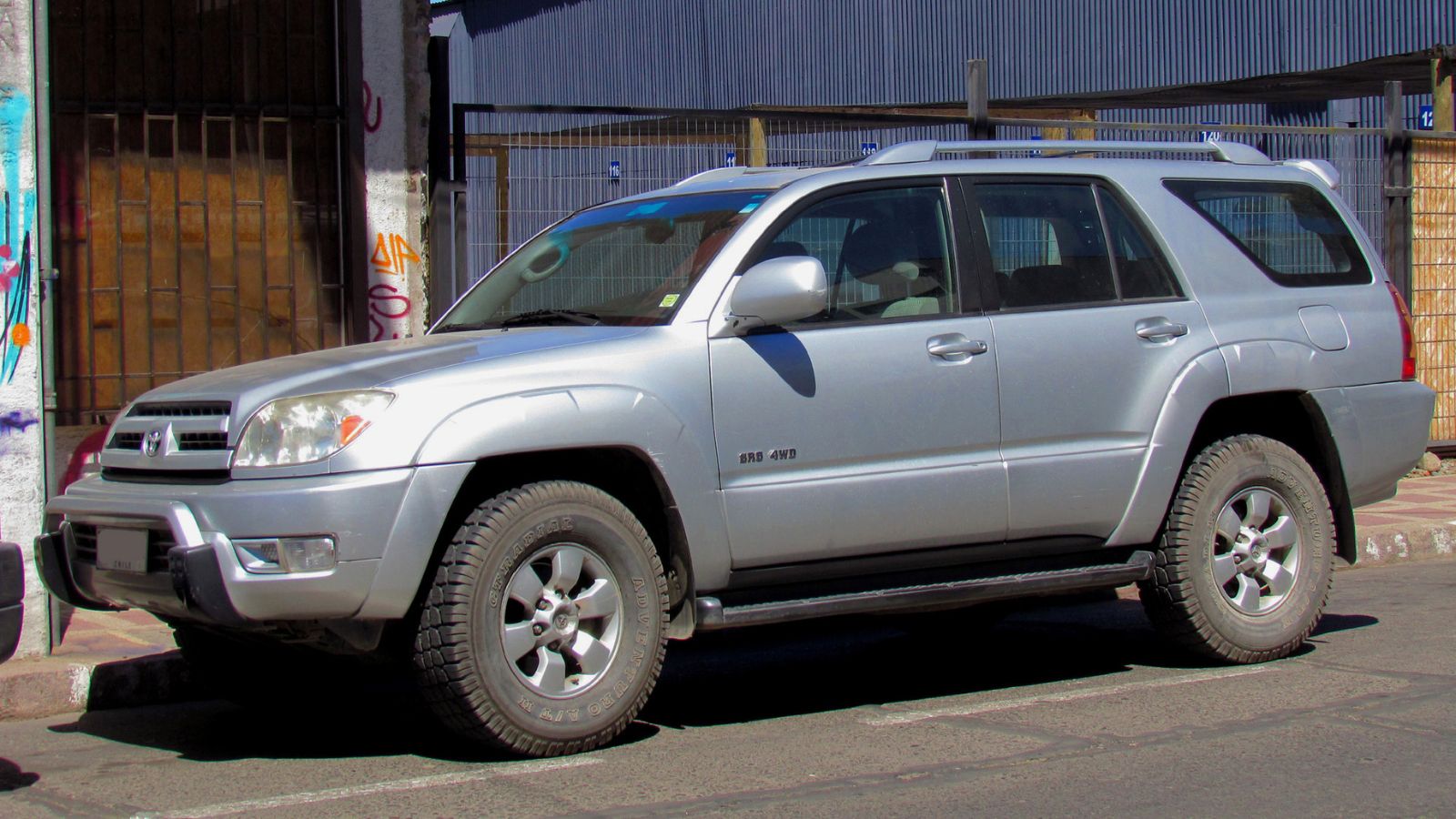
The 4Runner of the late 90s and 2000s was nearly indestructible. With body-on-frame construction, torquey V6 engines, and genuine off-road ability, these trucks could conquer anything Canada threw at them. Owners who upgraded to newer 4Runners often complained about added weight, higher costs, and a move toward luxury features at the expense of ruggedness. The older ones, which could take abuse and just keep going, are still highly sought after in Canada’s used market. Many people regret letting theirs go, especially as used prices have surged in recent years.
Subaru Legacy and Outback (1995–2009 models)
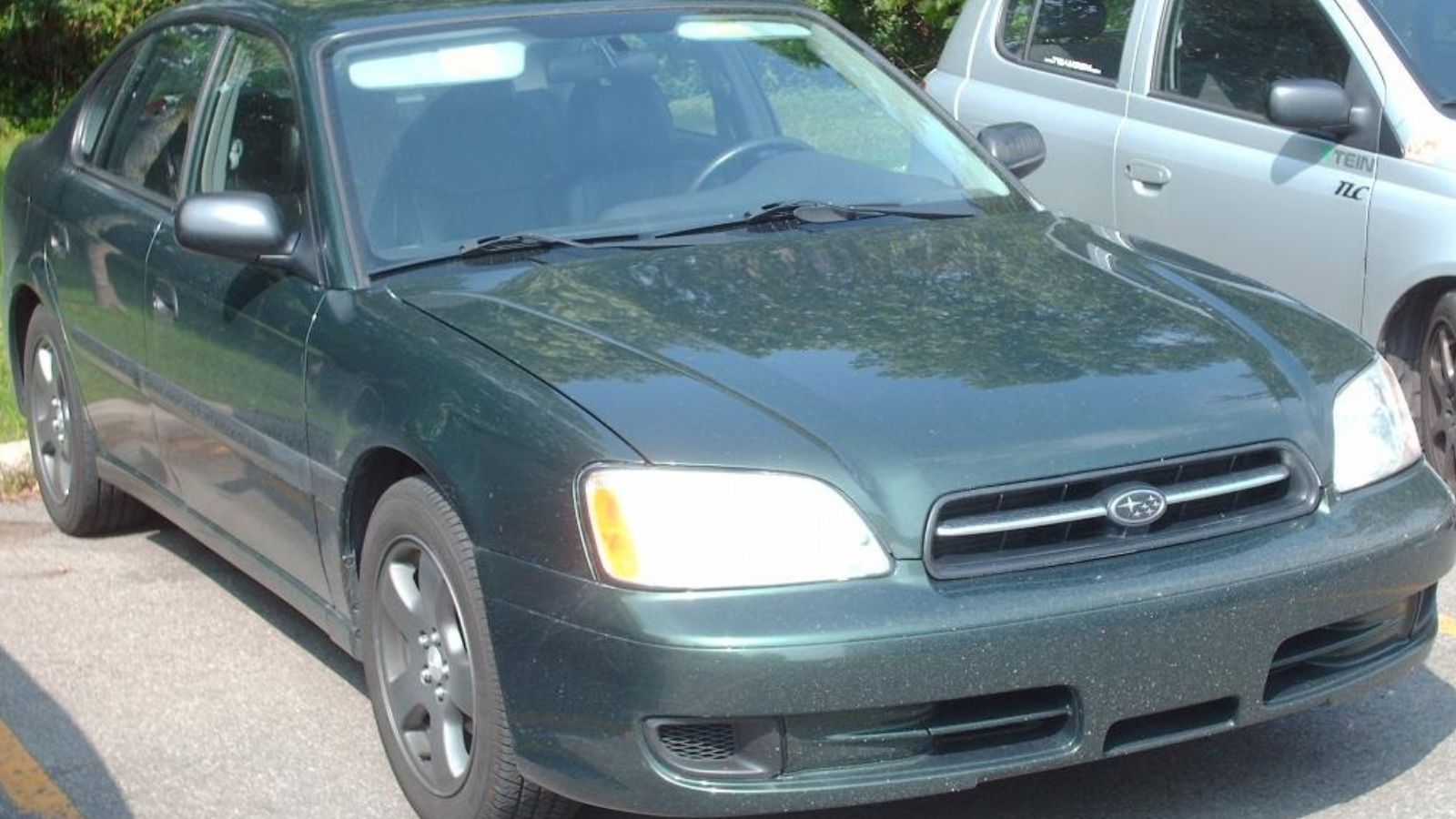
The older Legacy and Outback wagons were staples in Canadian driveways. With symmetrical all-wheel drive, generous cargo space, and a reputation for reliability, they handled long winters and rough backroads without issue. Many who swapped them for newer, more crossover-styled Outbacks discovered that the rugged wagon feel was missing. The older models had just the right mix of durability and utility. Trading one in often felt like giving up a trusted winter companion for something less capable of handling Canada’s extremes.
Volkswagen GTI and Golf (1999–2009 Mk4 and Mk5)
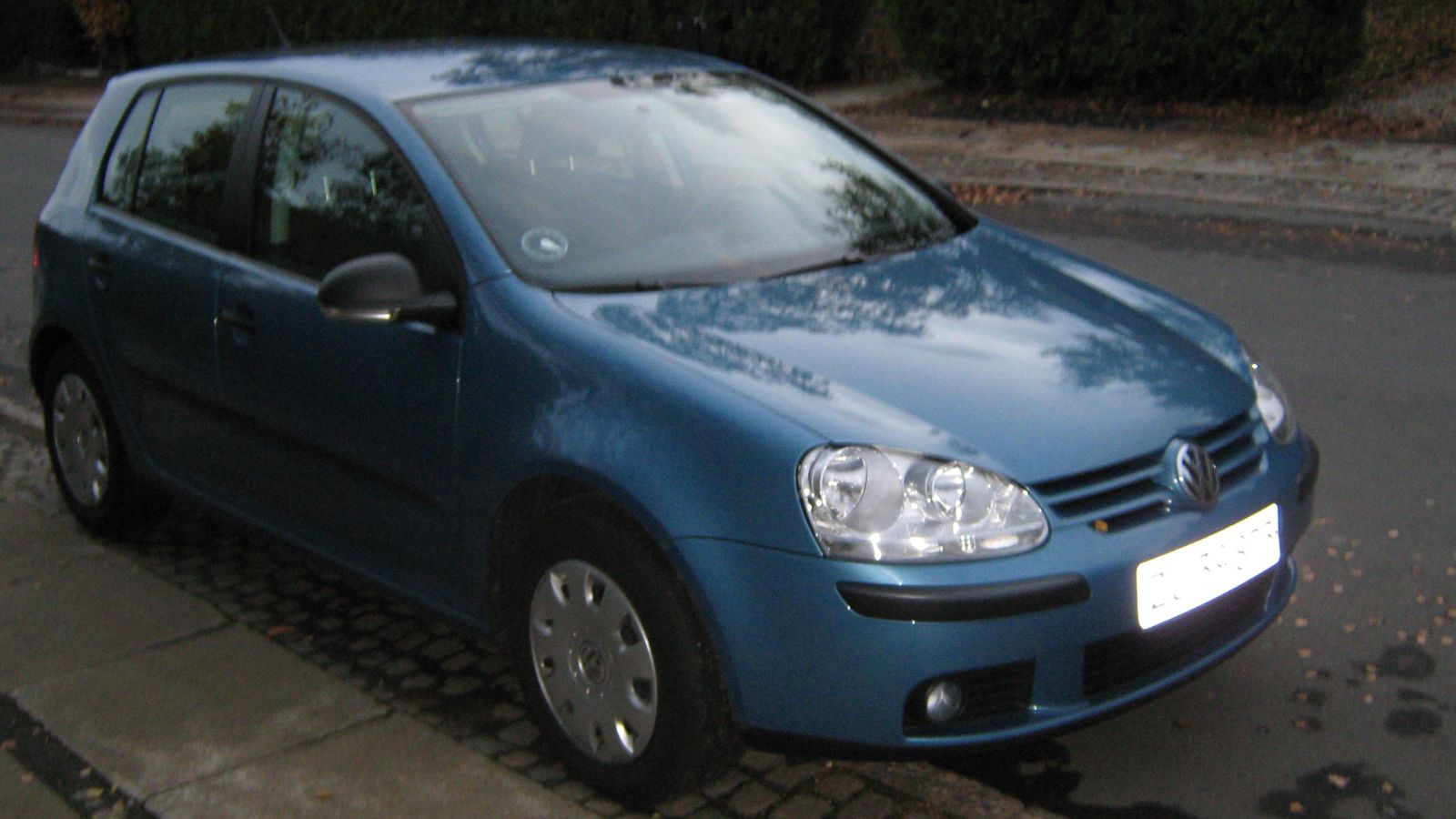
The Mk4 and Mk5 generations of the Golf and GTI struck a perfect balance of driving fun, practicality, and affordability. They were engaging to drive without being too complex, and their compact size made them excellent in cities while still capable on the highway. Many Canadians who traded them in for newer models were surprised at how heavy and tech-laden the replacements felt. The older cars had personality, and their simplicity made them easier to live with. Owners often regret giving up cars that were not just fun but also dependable everyday drivers.
Lexus LS and GS (1990s to early 2000s models)
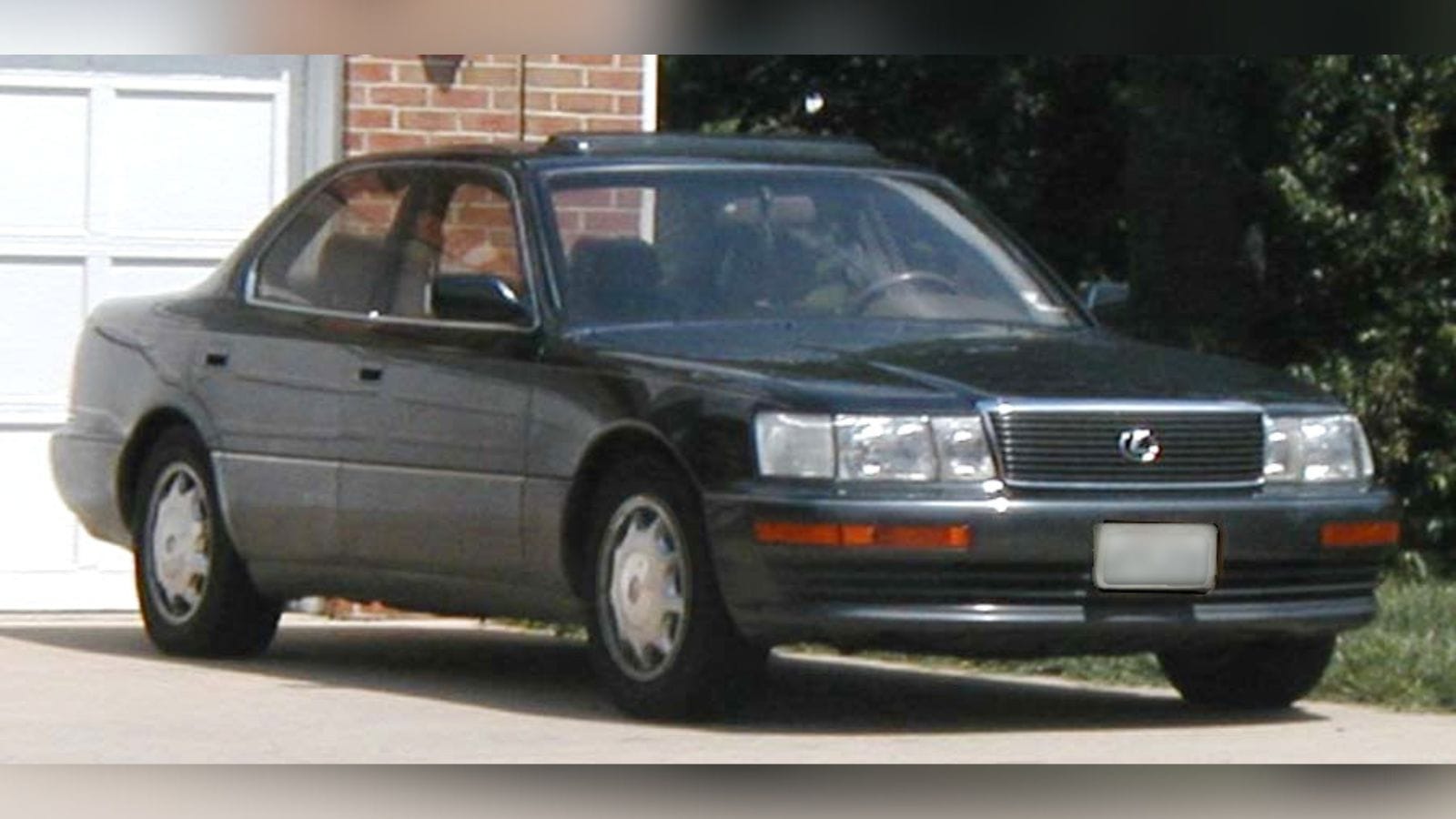
The Lexus LS400, LS430, GS300, and GS430 of the 1990s and early 2000s were benchmarks of quiet luxury and incredible reliability. They could run for hundreds of thousands of kilometers without major issues, something many Canadians came to miss when they replaced them with newer luxury cars full of fragile electronics. The old Lexus sedans were over-engineered, offering refinement without drama. For those who traded them in, the regret came when maintenance bills on their newer cars started to pile up while the memory of the old Lexus’s bulletproof nature lingered.
Toyota Tacoma (1995–2015 first and second generations)
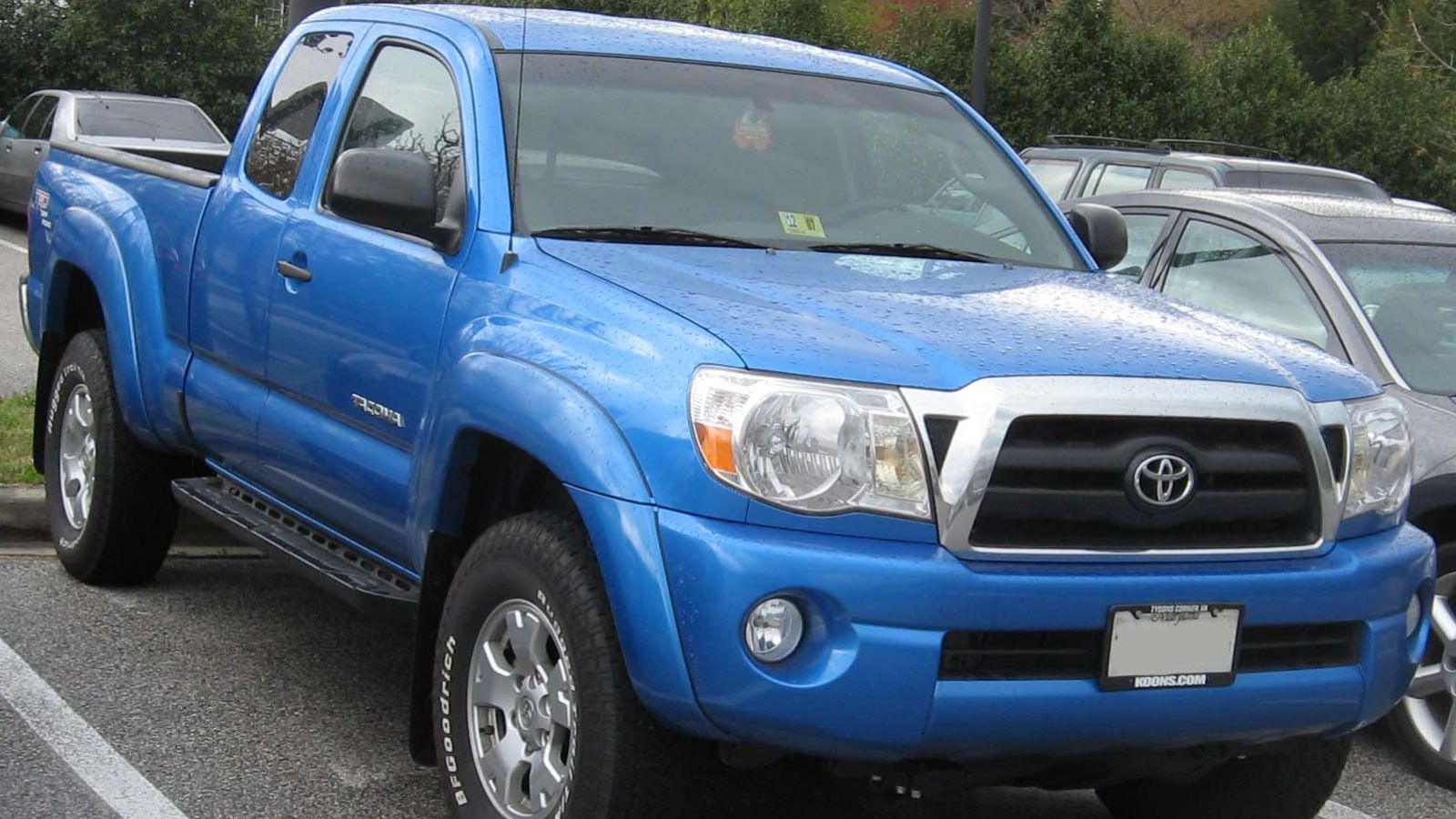
The first two generations of the Tacoma built their reputations as rugged, unstoppable trucks. They were smaller than modern trucks, making them easier to maneuver, but tough enough to last a lifetime. Many Canadians who traded them in for newer Tacomas were shocked when used prices of their old trucks skyrocketed. The older models were simple, reliable, and nearly indestructible, which is exactly why they’re still in high demand. Owners who let them go often admit they would buy them back in a heartbeat if they could.
Why the Regret Runs Deep
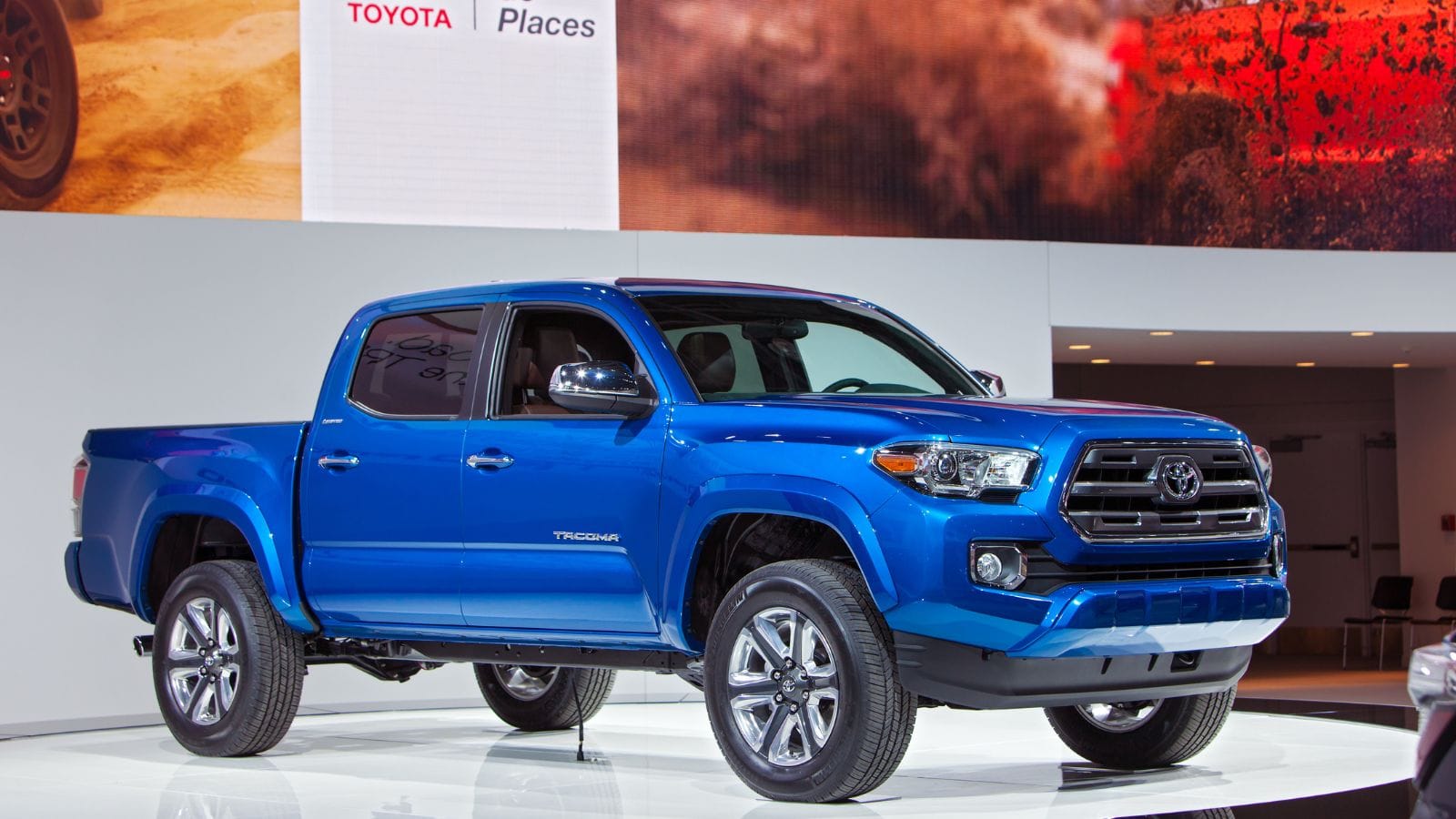
Simplicity, toughness, and character are what connect all these stories. The older models may not have had the latest safety assists or digital dashboards, but they worked day after day, year after year. In Canada, where salt eats away at cars, winters punish starters and batteries, and distances stretch on endlessly, reliability matters more than bells and whistles. Modern replacements often look good in a showroom but bring added complexity and higher costs. For many Canadians, regret sets in not because the new car was bad, but because the old one was better suited to their real lives.
25 Facts About Car Loans That Most Drivers Don’t Realize

Car loans are one of the most common ways people fund car purchases. Like any other kind of loan, car loans can have certain features that can be regarded as an advantage or a disadvantage to the borrower. Understanding all essential facts about car loans and how they work to ensure that you get the best deal for your financial situation is essential. Here are 25 shocking facts about car loans that most drivers don’t realize:
25 Facts About Car Loans That Most Drivers Don’t Realize
